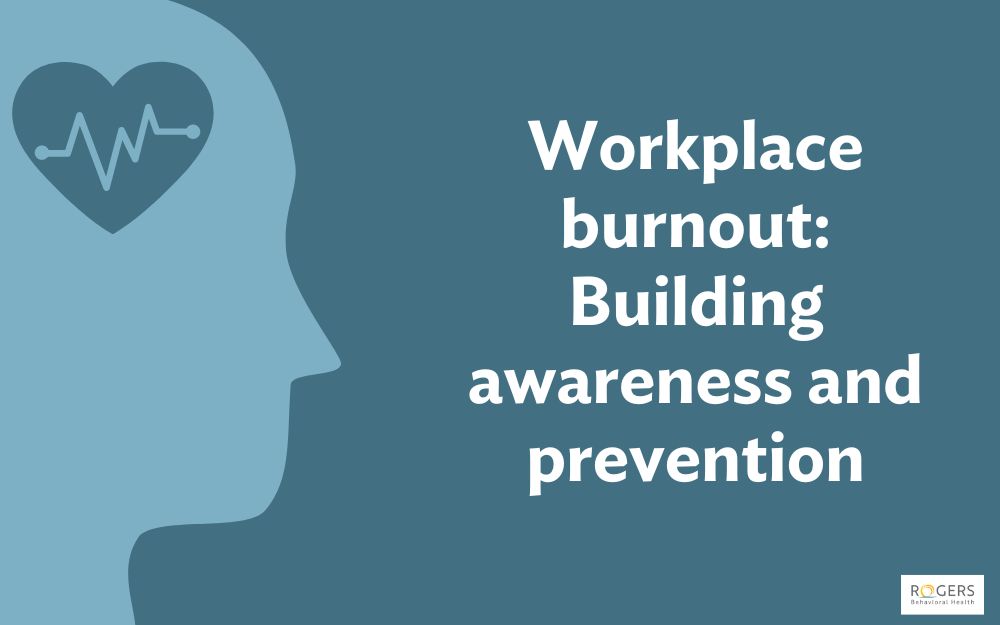
# **Grasping ‘Behavioural Fatigue’ in Public Health Adherence During Pandemics**
The COVID-19 pandemic triggered substantial alterations in human conduct, especially regarding adherence to public health protocols like social distancing, mask usage, and regular hand sanitization. A prominent discussion that arose was centered around the idea of “behavioural fatigue” — suggesting that individuals would eventually become weary of these regulations, resulting in reduced adherence. This notion was referenced by the UK Government in 2020 to justify postponing more stringent lockdowns. Nonetheless, an article from *The Guardian* claimed that there was no scientific foundation for this concept.
Despite these assertions, a plethora of academic investigations delves into how human behavior shifts during an epidemic or pandemic. This article reviews that research and assesses whether ‘behavioural fatigue’ is an actual occurrence, what elements affect adherence to public health directives, and the ramifications for managing upcoming pandemics.
—
## **Analyzing the Data: Does Adherence Diminish Over Time?**
Most research concerning human behavior during epidemics indicates that people’s adherence to public health directives varies over time. However, it remains ambiguous whether this variation is attributable to ‘fatigue’ or other influences like changing risk perceptions, financial limitations, or societal pressures.
### **1. Risk Perception and Behavior Modification**
A widely recognized model in health psychology posits that the perception of risk often fails to align with the actual risk level. Studies from the 1990s indicated that when a new outbreak arises, individuals initially exaggerate the threat. However, as the crisis unfolds, even if the real risk level persists, individuals start acclimating to the “new normal” and may undervalue the true danger. This psychological adjustment can result in diminished adherence to preventive measures.
### **2. Observational Research on Compliance Variation**
Various studies have examined shifts in public health behaviors throughout different epidemics:
– **2009 H1N1 Influenza Pandemic**
– A study in **Italy** ([source](https://doi.org/10.1007/s10654-011-9576-3)) revealed that while adherence to hygiene practices stayed elevated in the beginning, certain behaviors (like avoiding crowded environments) waned over time.
– Comparable observations were noted in **Hong Kong** ([study 1](https://dx.doi.org/10.1086/655811), [study 2](https://doi.org/10.1017/S0950268810001925)) and **Malaysia** ([source](https://doi.org/10.1016/j.ypmed.2010.04.010)), where commitment to protective actions, such as social distancing, varied instead of remaining constant.
– A **study in Mexico** utilized television consumption as a measure for time spent indoors. Researchers noticed that at the pandemic’s onset, TV viewing surged (indicating increased social distancing), but as the outbreak continued, viewership decreased—even as case numbers rose ([source](https://link.springer.com/article/10.1186/s12879-014-0691-0)).
– Another research examined airline passengers missing flights. Initially, there was a noticeable rise in missed flights (presumably to steer clear of infection in confined spaces), but this rate swiftly declined as the pandemic advanced, despite increasing infection rates ([source](https://journals.plos.org/plosone/article?id=10.1371/journal.pone.0058249)).
– **2006 Avian Influenza Outbreak**
– A study in **the Netherlands** captured the oscillation of adherence. Individuals initially intensified their preventive actions, subsequently entered a phase of lowered watchfulness, followed by another surge in preventive measures ([source](https://bmcinfectdis.biomedcentral.com/articles/10.1186/1471-2334-10-114)).
– **Additional Studies on Epidemic Cycles**
– The **1918 influenza pandemic** serves as a pivotal instance where researchers discovered that epidemics typically arise in waves, partially resulting from variations in individuals’ preventive behaviors. Mathematical modeling analyses ([source](https://royalsocietypublishing.org/doi/10.1098/rsif.2007.1197)) indicate that reductions in adherence over time could elucidate these variations.
– A **simulated epidemic investigation** ([source](https://doi.org/10.1016/j.jtbi.2009.04.029)) also affirmed that shifts in behavior can profoundly affect epidemic trajectories.
—
## **Research Indicating Consistent or Heightened Compliance**
Although numerous studies imply a decline in compliance, others reveal that individuals can sustain or even elevate their protective behaviors over time.
– **The Netherlands (2011 Study)**: A study exhibited a steady upsurge in adherence to preventive measures, showing no evidence